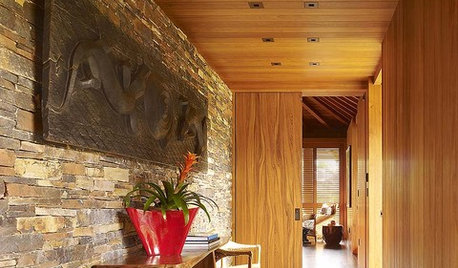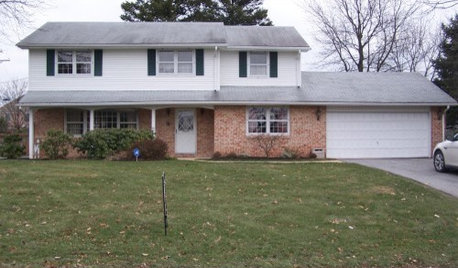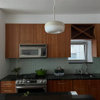recessed lighting basic question
wildpack
14 years ago
Related Stories

LIGHTING5 Questions to Ask for the Best Room Lighting
Get your overhead, task and accent lighting right for decorative beauty, less eyestrain and a focus exactly where you want
Full Story
KITCHEN DESIGN9 Questions to Ask When Planning a Kitchen Pantry
Avoid blunders and get the storage space and layout you need by asking these questions before you begin
Full Story
DOORS5 Questions to Ask Before Installing a Barn Door
Find out whether that barn door you love is the right solution for your space
Full Story
MOST POPULAR8 Questions to Ask Yourself Before Meeting With Your Designer
Thinking in advance about how you use your space will get your first design consultation off to its best start
Full Story
LIGHTINGRecessed Lighting 101
Looking to brighten a drab, dim space? Recessed lighting may be your answer. Here's what you need to know
Full Story
CONTAINER GARDENSContainer Garden Basics: How and When to Water Potted Plants
Confused about soil moisture, the best time to water and what watering device to use? This guide can help
Full Story
REMODELING GUIDESSurvive Your Home Remodel: 11 Must-Ask Questions
Plan ahead to keep minor hassles from turning into major headaches during an extensive renovation
Full Story

SELLING YOUR HOUSE15 Questions to Ask When Interviewing a Real Estate Agent
Here’s what you should find out before selecting an agent to sell your home
Full Story
REMODELING GUIDESConsidering a Fixer-Upper? 15 Questions to Ask First
Learn about the hidden costs and treasures of older homes to avoid budget surprises and accidentally tossing valuable features
Full StoryMore Discussions









wildpackOriginal Author
dim4fun
Related Professionals
Annandale Furniture & Accessories · Peachtree City Furniture & Accessories · Queens Interior Designers & Decorators · Ridgefield Park Interior Designers & Decorators · Stanford Interior Designers & Decorators · Grafton Electricians · Albemarle Decks, Patios & Outdoor Enclosures · Bloomington Decks, Patios & Outdoor Enclosures · Fishers Decks, Patios & Outdoor Enclosures · Fullerton Decks, Patios & Outdoor Enclosures · Green Bay Decks, Patios & Outdoor Enclosures · La Palma Decks, Patios & Outdoor Enclosures · Monroe Decks, Patios & Outdoor Enclosures · North Aurora Decks, Patios & Outdoor Enclosures · Pleasant Grove Decks, Patios & Outdoor Enclosuresnormclc
wildpackOriginal Author
normclc
wildpackOriginal Author
venice_2008
venice_2008